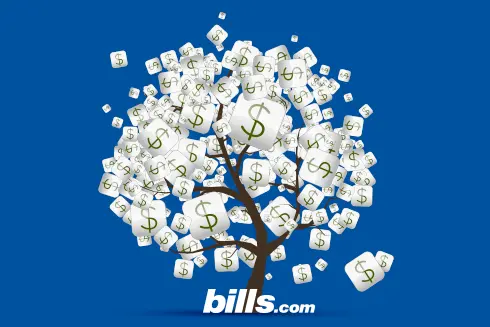
Get rid of your debt faster with debt relief
Choose your debt amount
Or speak to a debt consultant 844-731-0836
- Focus on retiring old debt before adding new debt.
- Consider using a domino strategy to knock-out debts one at a time.
- Settle your credit card debt with a lump-sum deal.
- Start your FREE debt assessment
What advice can you give me to manage my debt?
I am 22 years old and got myself into some serious credit issues when I was 18. My credit score is 546. On my credit report I have a deliquent credit card, a credit card in collections for $800, an electric bill in collections for $300, and a phone bill in collections for $200. I know, it's bad. I also have a credit card that I am a listed authorized user on which has been open for 4 years with no late payments. It has a $1000 limit and has 44% available balance, so that is good. Basically, I need to get this fixed. I know I owe these amounts, and I'm at a point in my life where I can comfortably pay them, but I am concerned that with them being 4 years old it may hurt me more to pay them. I am in desperate need of an auto loan, but these collections are keeping me from getting approved. I even have a cosigner with a credit score of 690. What is your best advice? Do you know anyway I could get an auto loan first and then pay off the debt? Thanks, Meagan
Your situation is not dire, but you are about to make it worse if you do find a vehicle loan. Forget about a vehicle loan for now. The only loan you, or you and a cosigner, will find will be one from a "Buy here, pay here" dealer with an exorbitant interest rate. Instead of buying a good vehicle with a bad interest rate, buy a cheap vehicle you promise yourself will be a short-term purchase while you get your finances in order.
You can tackle the three debts you listed using one of two strategies.
The first strategy is to take a shotgun blast at all debts and pay a small amount to each every month. The advantage to the shotgun approach is it is unlikely any of your creditors will bother filing a lawsuit against you because you are paying down your debt, albeit slowly. The disadvantage is you cannot bring any leverage to bear and focus on any one debt.
The second strategy is called by several names, including domino or snowball. In this strategy, you take whatever money you have for retiring your debt and focus it on one debt at a time. Some people using the domino strategy like to pay-off debts from smallest to largest because it gives the most immediate gratification. Others pay off the debt with the highest interest and monthly fees first to minimize cost.
Each person is different, and everyone has a different number of debts and balances. Pick a strategy that works best for you in your situation, create a plan, and work the plan.
Recommendation
You mentioned that building your credit score is a priority. Focus your efforts on the accounts that are reported to the three credit reporting agencies. If all of your debts appear on your credit reports, then consider a domino strategy where you tackle the phone bill, then the electric bill, and then credit card.
If the credit card has been written off and was sold to a collection agent, you may be in luck. Collection agents can work on behalf of original creditors. Generally speaking collection agents buy collection accounts from the original creditor for pennies on the dollar. The collection agent still has the right to collect the original balance.
If the owner of the collection account is a collection agent, save your debt-retirement funds for several months in a separate account. Then approach the collection agent to begin negotiating a settlement on the debt. You mentioned the credit card debt is $800. After you save $200 or $300, contact the collection agent and start negotiating. Then work on building your credit score.
I hope this information helps you Find. Learn & Save.
Best,
Bill

Get rid of your debt faster with debt relief
Take the first step towards a debt-free life with personalized debt reduction strategies.
Choose your debt amount
Or speak to a debt consultant 844-731-0836